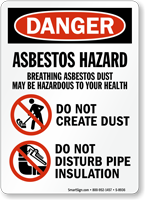


Employees must be provided training in a language and vocabulary they can understand. Subpart C, General Safety and Health Provisions, as well as other specific sections of these standards, include the responsibilities for each contractor/employer to initiate and maintain injury and illness prevention programs, provide for a competent person to conduct frequent and regular inspections, and instruct each employee to recognize and avoid unsafe conditions and know what regulations are applicable to the work environment. Contractors and employers who do construction work must comply with standards in. All employers in the construction industry must also have injury and illness prevention programs. Employers MUST provide their employees with a workplace that does not have serious hazards and follow all relevant OSHA safety and health standards.Įmployers must comply with specific standards. GeneralĮmployers have the responsibility to provide a safe workplace. The actual source standards are referenced at the end of each topic discussed consult the CFR for a more complete explanation of the specific standards listed. The requirements discussed in this publication are summarized and abbreviated. Remember, this booklet is only a digest of basic applicable standards and should not be considered as a complete substitute for any provisions of the Occupational Safety and Health Act of 1970 (OSH Act), or for any standards issued under the OSH Act.
#Osha breathing zone radius code
With few exceptions, standards in this digest are from Title 29 of the Code of Federal Regulations (CFR), Part 1926. The standards are presented alphabetically followed by the reference to the appropriate regulation. The Construction Industry Digest contains summaries of the most frequently used standards in the construction industry.



 0 kommentar(er)
0 kommentar(er)
